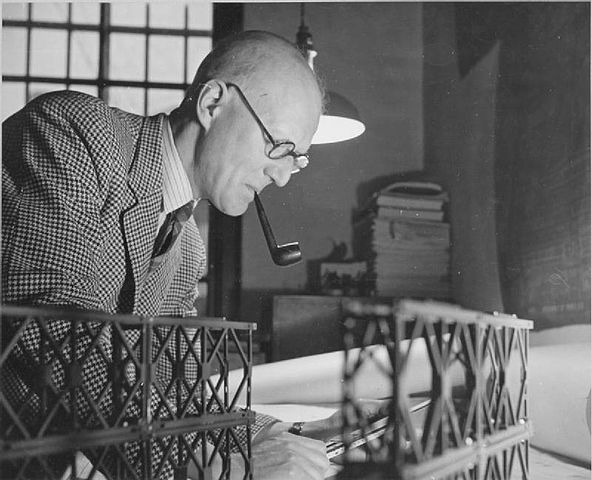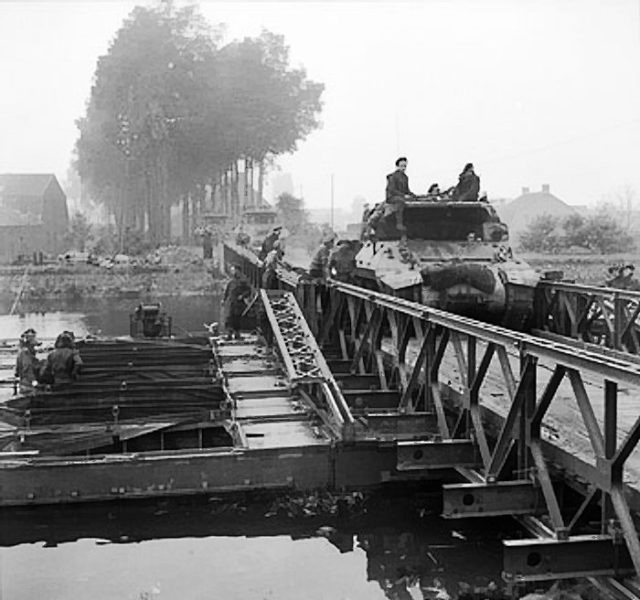The Indian Army has constructed a Bailey bridge to aid rescue operations in Wayanad, Kerala, following devastating landslides. The Madras Engineer Group, deployed from Bengaluru, built the 195-foot-long bridge to replace the only existing bridge connecting Chural Hill and Mundakai, which was swept away by the landslides.

The Bailey bridge, originally developed by British civil servant Donald Bailey during World War II, is a portable, prefabricated truss bridge known for its durability and ease of assembly. Initially designed to help Britain’s tanks traverse rugged terrains in North Africa, the Bailey bridge has continued to serve military and civilian purposes worldwide.
The collapse of the original bridge left the region in dire straits, complicating rescue efforts and hindering access to critical areas. The Army initially resorted to using ropes to transport the injured and deceased from Mundakai. Recognizing the need for a more robust solution, the Army’s swift construction of the Bailey bridge has restored a vital lifeline, allowing JCBs and rescue workers to reach the interior of Mundakai.

“The installation of the Bailey bridge is a game-changer in our rescue operations,” stated a senior Army official. “It ensures that heavy machinery and personnel can reach affected areas more efficiently, significantly improving our ability to save lives and provide aid.”
Donald Bailey’s invention has proven invaluable in both historical and contemporary contexts. His innovative bridge design earned him a peerage and has been credited with numerous military successes, including its crucial role in World War II. General Dwight D. Eisenhower once noted, “Without the Bailey Bridge, we would not have won the war.” This sentiment rings true today as the bridge plays a critical role in the battle against natural disasters.

Even 40 years after Bailey’s passing, his invention continues to make a significant impact. The Bailey bridge exemplifies how a single engineering marvel can benefit generations, standing as a testament to human ingenuity and resilience.
As the Indian Army’s efforts demonstrate, the bridge’s application extends beyond warfare, serving as a critical tool in humanitarian and rescue missions. The successful deployment in Wayanad highlights the enduring relevance of Bailey’s invention in saving lives and connecting communities during crises.
The Bailey bridge’s legacy is a stark contrast to the destructive forces that necessitate its use. While some actions contribute positively for countless generations, others can have detrimental effects. The ongoing application of Bailey’s bridge underscores the importance of innovations that prioritize human welfare and resilience in the face of adversity.
